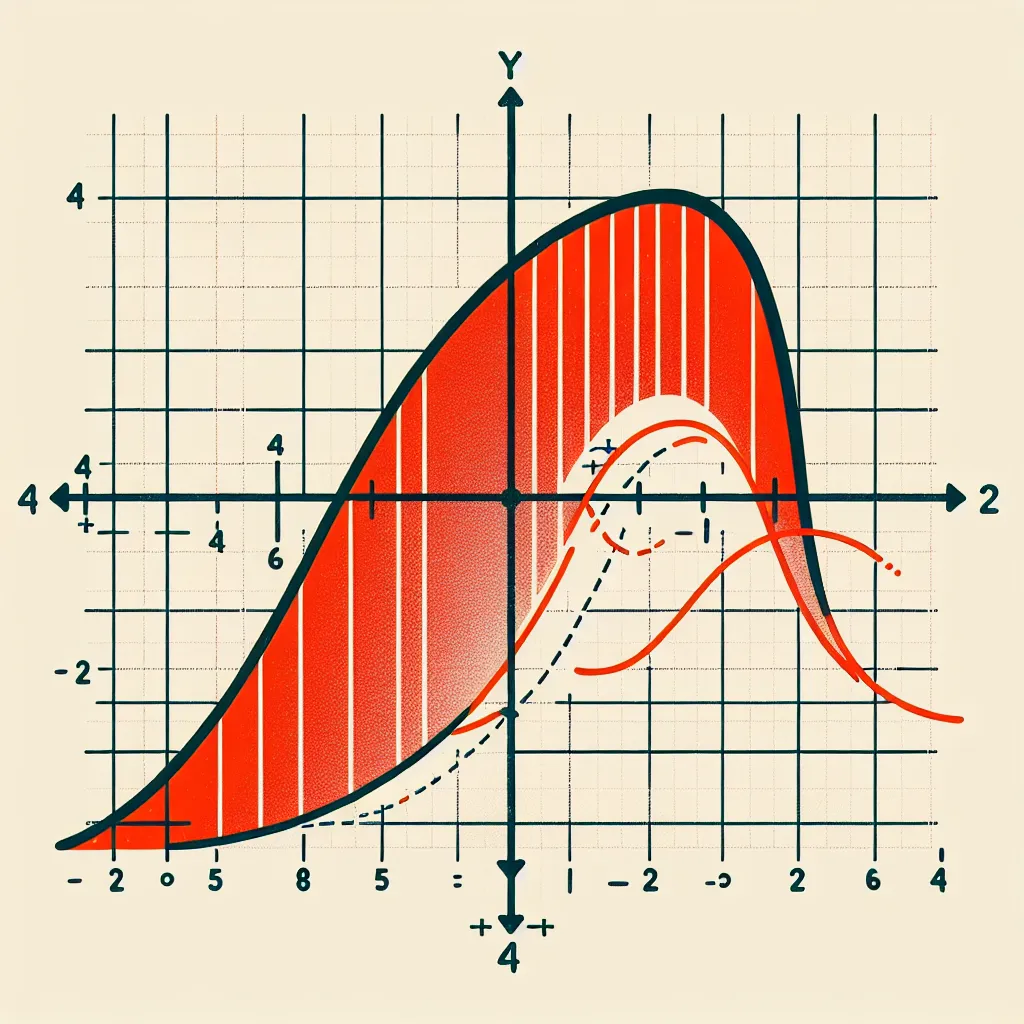Ask AI on The Internet
Question: Which inequality represents all possible values of x for the following absolute value inequality? |2x-1|<3 A.-1<x<2 B.-2<x<1 C.x<2 D.x<-1
To solve the inequality \(|2x - 1| < 3\), we need to consider the two cases that arise from the definition of absolute value. The absolute value inequality \(|A| < B\) can be rewritten as: \[ -B < A < B \] Here, \(A = 2x - 1\) and \(B = 3\). Applying this to our inequality gives: \[ -3 < 2x - 1 < 3 \] Next, we solve for \(x\) by isolating \(x\) in the middle part of the inequality. 1. Add 1 to all parts of the inequality: \[ -3 + 1 < 2x - 1 + 1 < 3 + 1 \] \[ -2 < 2x < 4 \] 2. Divide all parts by 2 to solve for \(x\): \[ \frac{-2}{2} < \frac{2x}{2} < \frac{4}{2} \] \[ -1 < x < 2 \] Therefore, the inequality \(|2x - 1| < 3\) represents all values of \(x\) that satisfy: \[ -1 < x < 2 \] Thus, the correct answer is: A. \(-1 < x < 2\)
Think your answer is better than the AI's? Post it below.
Question Tags
If you want your question answered by an AI, click here.







Post your own comment: